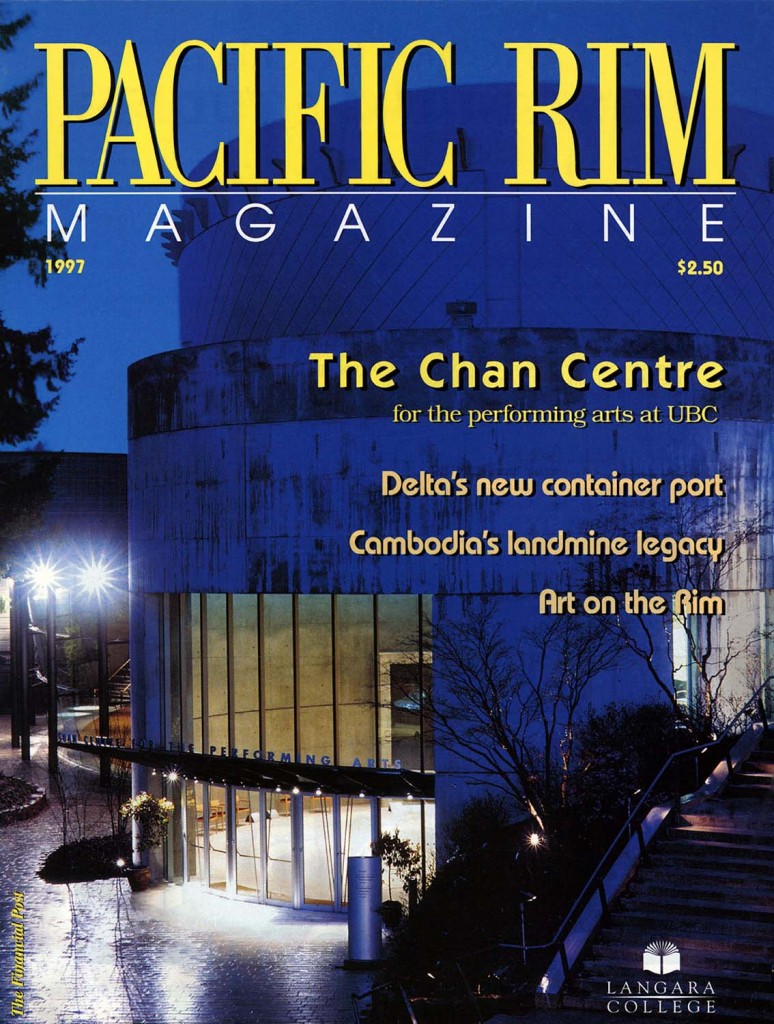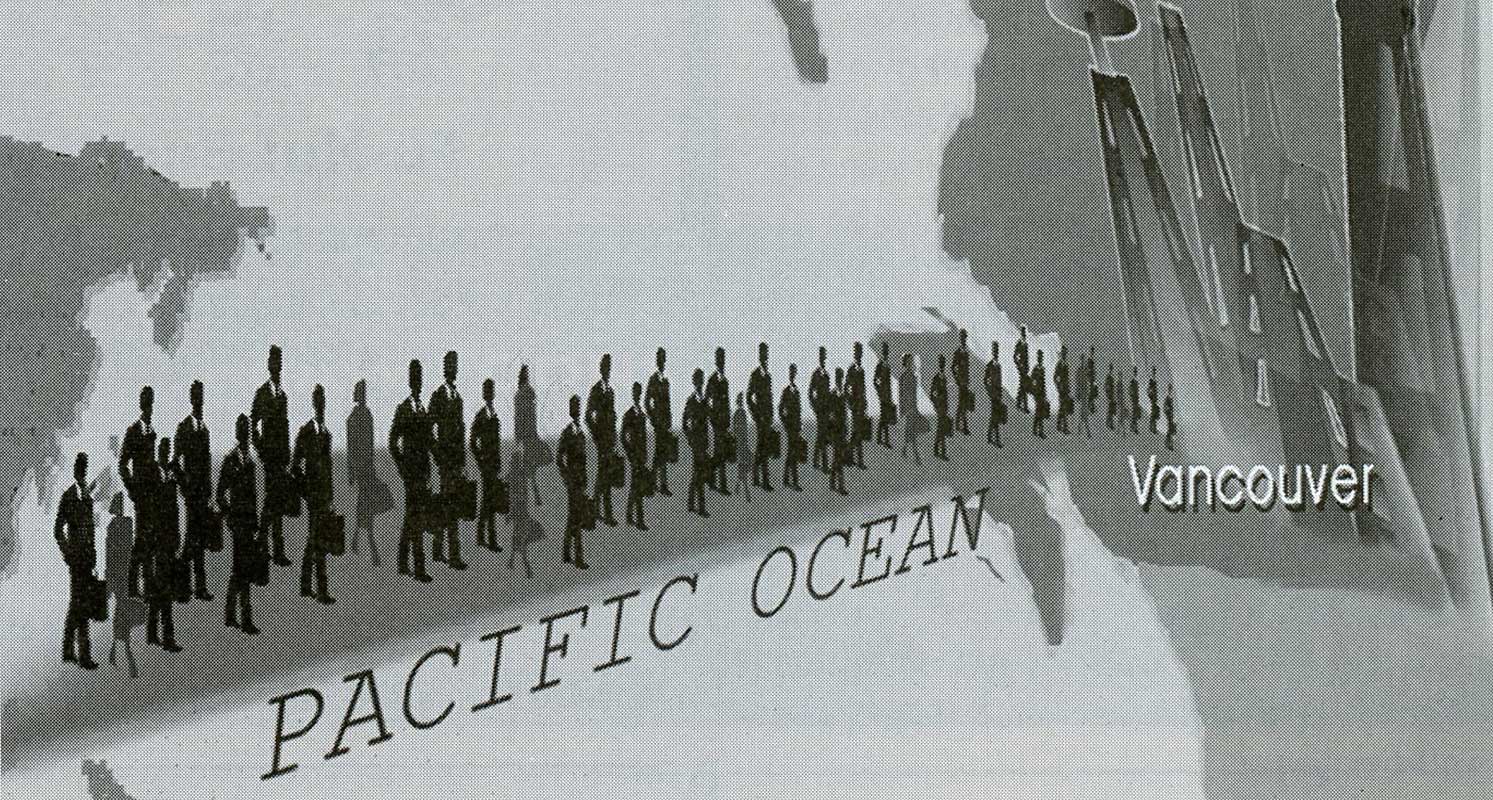In 1997 increasing excitement has greeted Vietnam’s partial return to a market economy. In a country where central planning is still considered a panacea for everything, this policy of renovation has brought about the revival of a near-bankrupt economy. Both the perceived and real success of this potentially dynamic market have been such that the country has been touted as the next dragon, or at least tiger, of the region.
Vietnam’s Path Of Socialist Development
For most of the last twenty years, Vietnam has followed the path of socialist development similar to that of most communist countries. Indeed, it was not until after near-total economic collapse that the government finally realized it had to change to a market economy. Before the renovation, the policy of collective farming, state-owned industries, and economic means had eroded much labour force motivation because the government had not allowed any form of private ownership or personal wealth. In addition, the U.S. embargo was so effective in isolating Vietnam that the country had almost no international trade, except with a few communist countries.
At one time Vietnam could not even meet the payroll of its huge military machine and state apparatus: employees had to rely almost exclusively on money sent home by overseas Vietnamese to help their families. The situation became so critical that the government finally decided to change course to avoid the inevitable-a total collapse of the economy.
Vietnam Has Potential For Foreign Companies
Vietnam is a market of 70 million people, a potential paradise for consumer-goods exporters. The country also boasts a variety of agricultural and other food products comparable to what has been the traditional turf of other countries such as Thailand, the Philippines, and Indonesia. In terms of investment, Vietnam provides an abundant source of inexpensive labour for all industries. For this reason, a growing number of foreign companies have set up manufacturing bases, most of these producing textiles, footwear, paint and light industrial goods. There have even been talks about setting up a car-assembly plant in the country, and tourism is growing fast with hotels and other tourist facilities being constructed with Taiwanese, Australian, Korean and Japanese capital.
To function in a modern global economy, Vietnam will require massive capital improvement projects to upgrade its infrastructure. Telecommunications and ,transportation are currently in the greatest need. By the most conservative estimates, Vietnam will probably need at least $400 billion US to upgrade its roads, bridges, rail system and ports. This kind of investment would have been unthinkable just a few years ago. But, with its new willingness to embrace change, Vietnam probably will be able to obtain loans and grants from organizations such as the World Bank, the International Monetary Fund and the Asian Development Bank.
The Vietnamese government, however, is resisting political change to accommodate its economic reality. Specifically, internal struggles between conservatives and reformists have created political and economic risks which have had a destabilizing effect on the whole reform policy. Although economic regulations have been relaxed, the government nevertheless tries to control everything that it deems threatening to its political survival, and Vietnam’s foreign investment codes, among the most liberal in the region, are still vague and very much subject to arbitrary interpretation by the government.
Currently Success Depends On Political Connections
Ultimately, then, the success of a business in Vietnam depends on political connections. A simple business licence application has to pass through a huge bureaucratic maze, and a single change in personnel or policy along the way can cause considerable delay or even force the whole process to start over again. Although the costs associated with this process can be prohibitive to a small enterprise, a business with strong financial footing and perseverance could reap big rewards by maintaining a presence during this period of change.
It is indeed difficult to attempt any business dealings without a basic understanding of the people and business practices of Vietnam. A valuable tip, then, is to invest in friendships first and in business later. Once trust and understanding have been firmly established, everything else boils down to: “What’s a friend for?”










